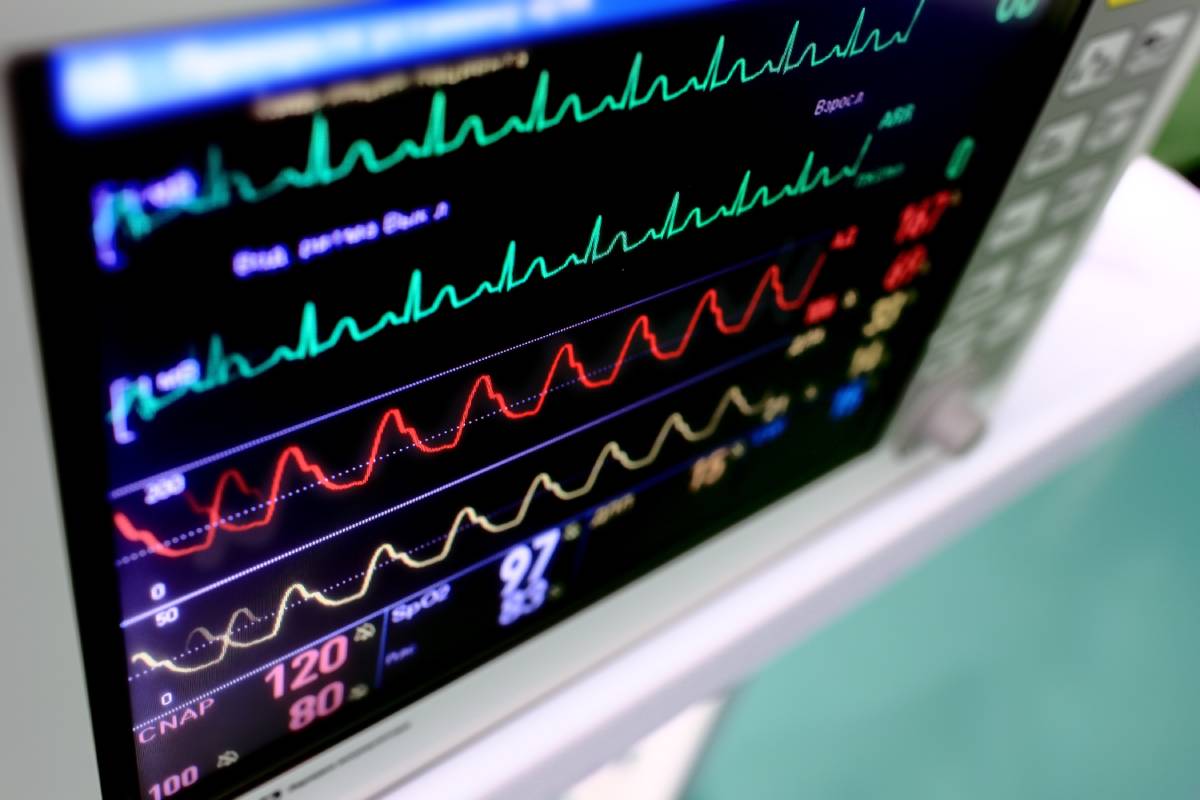Each year, over 300 million patients worldwide undergo surgery, resulting in the cost of inhaled anesthetic agents reaching up to $1.2 billion on an annual basis 1. Automating anesthesia delivery has the potential to cut such costs, in addition to reducing waste, greenhouse gas emissions, and clinician-associated errors or inefficiencies. To this end, GE Healthcare has sought to advance automatic anesthesia delivery through its end-tidal control software.
Specifically, the software monitors and automatically adjusts anesthetic concentrations in a closed-circuit system across a specific flow range of 0.5-10 liters per minute. When using the end-tidal control software, the anesthesia provider sets target end-tidal oxygen and anesthetic concentrations and minimum flow rate. The system thereafter monitors these by regularly sampling gas in the breathing circuit after every breath.
The system then applies a proprietary algorithm to automatically adjust fresh gas flow and anesthetic concentrations to ensure the patient’s uptake of oxygen and anesthetic are maintained within a target range. In parallel, the system is equipped with a carbon dioxide absorber to enable the safe rebreathing of anesthetic gases from exhaled air. GE’s software utilizes a negative feedback loop, such that values above targets lead to decreased concentrations being administered, and values below lead to increased concentrations. However, the exact calculations and response profile are not available to the public.
This end-tidal control software is available as a separate standalone software option, but forms part of the software on the Aisys CS2 and Carestation systems; this software and their compatible airway modules had been CE marked to GE Healthcare in 2013 and 2011, respectively, in the EU.
When active, the end-tidal control software includes a number of safety mechanisms, including system monitoring, fresh gas sampling checks every 3 minutes, leak checks, and, if a leak is detected, the delivery of increased fresh gas flow. In parallel, the end-tidal control supervisor monitors flow rates to ensure the correct delivery of oxygen and anesthetic. If the supervisor detects a system failure, the software automatically and immediately exits end-tidal control mode. Meanwhile, certain issues, such as the calibration of the airway module, still warrant the input of an anesthesia provider. Manual re-entry into end-tidal control mode is then possible once these are resolved. Finally, over the course of its operation, the system generates an end-tidal control log that documents all settings, measurements, and actions.
End-tidal control is intended to be used during inhalational anesthesia and requires a controlled patient airway to be in place. Effectively, it cannot be used in patients with a face mask airway, with halothane as an anesthetic, or while in non-closed circuit, cardiac bypass, alternate oxygen, or air-only modes.
It is also not to be used during any surgical procedure that may damage lungs, or when delivery of 100% oxygen may incur injury. Finally, while no lower age limit is specified, respiratory rates of 35 breaths per minute must be ensured as a minimal threshold.
GE end-tidal control software has been shown to reduce greenhouse gas emissions and costs by minimizing anesthetic agent waste and may also improve workflow efficiency 2. The software received pre-market approval by the Food and Drug Administration (FDA) 3 as a result of a multi-center, multi-year U.S. based clinical trial assessing its safety and effectiveness among over 200 patients as compared to conventional anesthetic delivery methods 4.
References
1. Weiser, T. G. et al. Size and distribution of the global volume of surgery in 2012. Bull. World Health Organ. (2016). doi:10.2471/blt.15.159293
2. Tay, S., Weinberg, L., Peyton, P., Story, D. & Briedis, J. Financial and environmental costs of manual versus automated control of end-tidal gas concentrations. Anaesth. Intensive Care (2013). doi:10.1177/0310057×1304100116
3. Premarket Approval (PMA). Available at: https://www.accessdata.fda.gov/scripts/cdrh/cfdocs/cfpma/pma.cfm?id=P210018.
4. FDA Approves Software to Semiautomate Anesthesia Delivery. Available at: https://www.medscape.com/viewarticle/971521.


